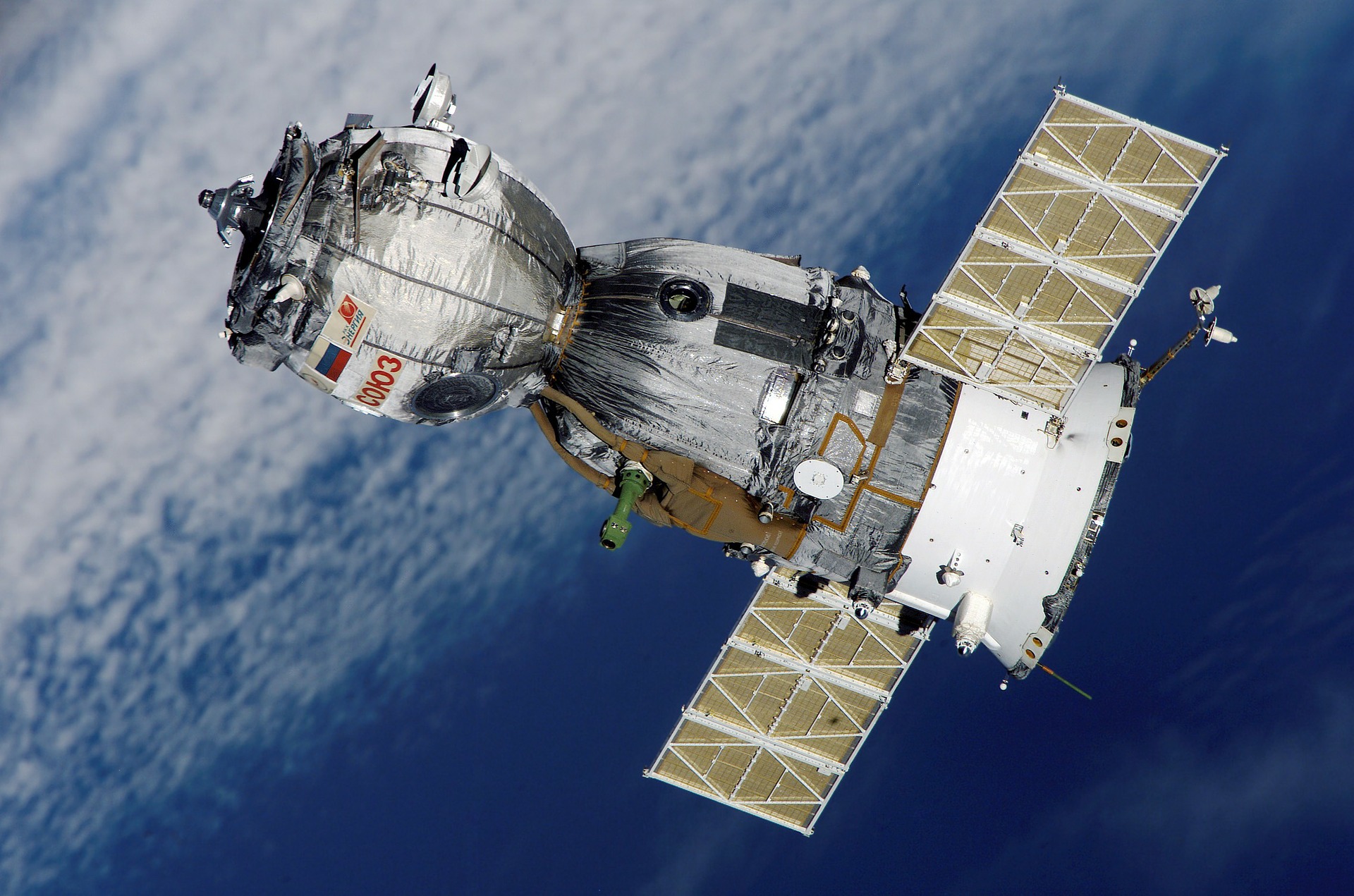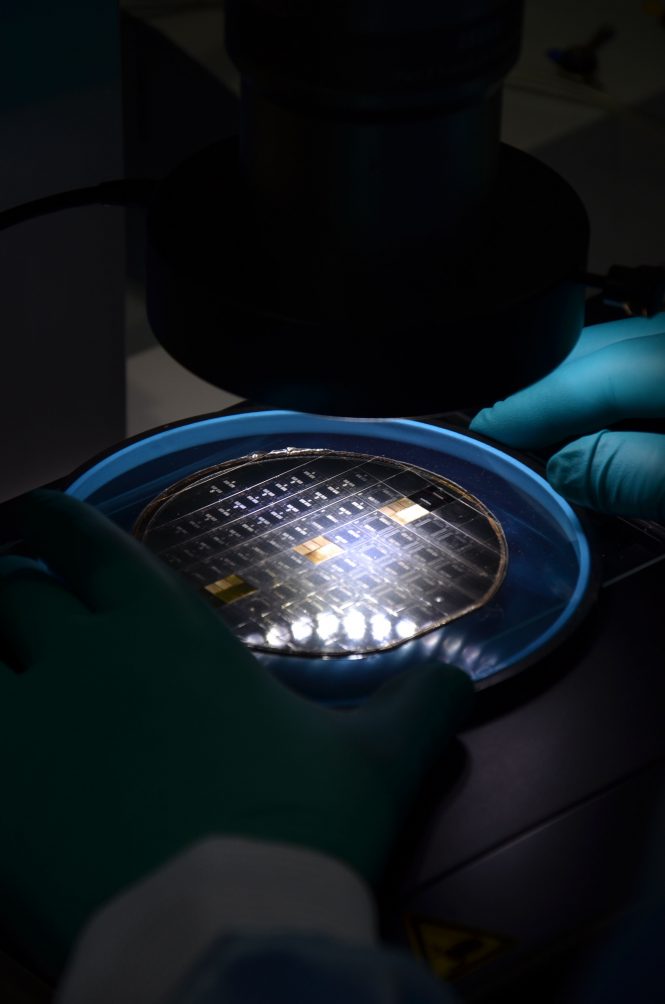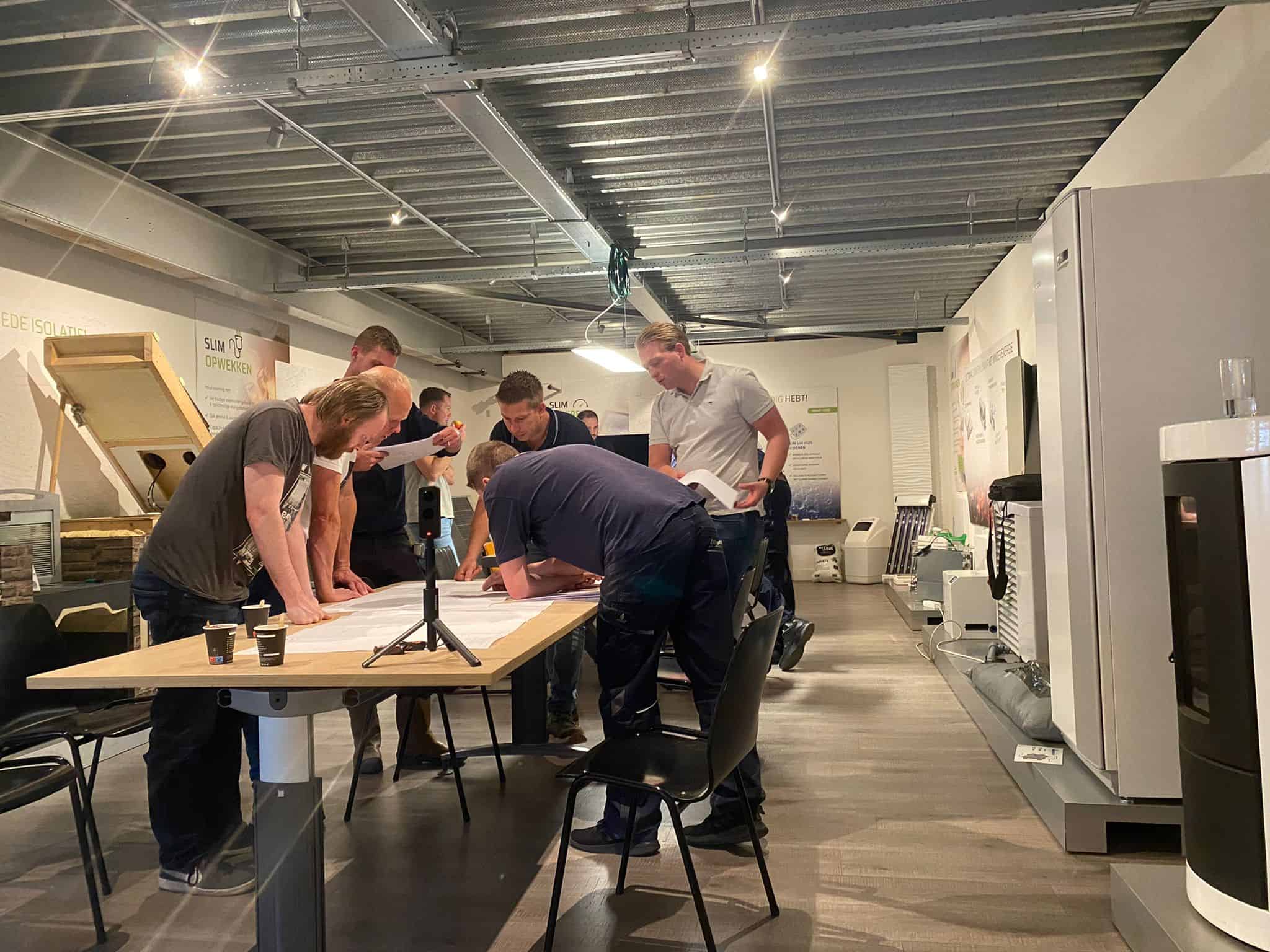
In the coming years, a fourth industrial revolution will cause thousands of satellites to be deployed into space. This so-called ‘Space Revolution‘ is already under way – ushering in an age where satellites fill the night sky in networks.
As space becomes more crowded, satellites need better ways to monitor their own positioning relative to other moving objects. The Amsterdam-based Innoseis Sensor Technologies have recently developed a tool that is crucial to making this happen.
The innovation is a micro-electrical-mechanical systems (MEMS) accelerometer, an ultra-sensitive mechanical device that monitors movements of an object. In satellites, MEMS accelerometers can be used for accurately determining thrust in a satellite, reducing power use and fuel consumption which, in-turn, extends the lifespan of a satellite. They also allow for more accurate orbital positioning, meaning that satellites can communicate and avoid one another, even as earth’s orbit becomes more congested.
It could help drive the new space revolution that involves tens of thousands of satellites
Dr. Mark Beker, CEO of Innoseis Sensor Technologies
To this end, Innoseis, a spin-off of the Dutch National Institute for Subatomic Physics (Nikhef), have partnered with the European Space Agency (ESA) to demonstrate how their MEMS accelerometer can help with satellite maneuvers.
“This is increasingly important for satellites that are constellations,” explains Dr. Mark Beker, CEO of Innoseis. Satellite constellations are systems of satellites that work together to create a global network. The Global Positioning System (GPS) is one such constellation and uses about 31 satellites. However, what Beker is talking about is on a much larger scale.
“It could help drive the new space revolution that involves tens of thousands of satellites,” says Beker.
MEMS Accelerometer
Accelerometers are used in devices all over the world. Very simply, they measure changes in movement in relation to the other forces of acceleration acting on an object. This includes static acceleration forces (such as gravity) and dynamic, ‘moving’ forces (such as vibrations or a collision between two objects). A MEMS Accelerometer is the same principle but packaged into a chip that is about 1 cm2.

Fundamentally, a MEMS accelerometer is a sensor used to read tiny movements and orientate where an object is. They are used in digital cameras to ensure images in screens are displayed upright and in virtual reality to track movements in relation to the virtually created world. They are also in many self-directed navigation systems, such as autonomous vehicles and satellites.
Out of a need to sense gravitational waves
“In the last two years or so we’ve refocused ourselves back into R&D,” says Beker. “What we’ve done is taken technology out of gravitational wave detector research and miniaturized that into a MEMS accelerometer.”
In 2015, gravitational waves created by the collision of two black holes 1.3 billion lightyears away were observed for the first time. This confirmed Einstein’s 1916 theory of gravitational waves – or vibrations in space caused by cataclysmic events such as the creation of black holes or supernovae. These gravitational waves give us clues into the nature of, among other things, neutron stars and the universe directly after the big bang.
Being able to read these gravitational waves is a new frontier in space research. Nikhef has made this a priority and are planning to build an observatory to detect gravitational waves, aptly named the Einstein Telescope. Gravitational waves can be very faint and a major challenge in sensing their presence is isolating them from the seismic activity here on earth. To do this, you need to be able to differentiate between different kinds of vibrations felt by sensors and then isolate the ones caused by gravitational waves.
By being able to sense the tiniest vibrations from within beneath the earth’s surface and transmit them into data, the Innoseis MEMS accelerometer provides a solution to the problem.
Not just for space
Innoseis are not the first company to make a device like this but – so far – it seems to be the most sensitive and scalable. Competitors offering a somewhat similar product cost upwards of 300-400 euros per unit and consume over three times as much power, limiting them to more niche sectors like oil and gas.
“Something that has the same kind of performance would be at least a kilogram of weight and we’re replacing that with something that weighs about a gram,” says Beker. “We’re also looking at milliwatts as opposed to watts, so it has been reduced by a factor of one-thousand.”
By comparison, Innoseis have a target production cost of 20 euros per unit, allowing for broad applications beyond the space revolution. Innoseis are integrating their MEMS accelerometer with their existing seismic sensor technologies and have already used it to create Cross-section images of potential building sites for the Einstein Telescope.
Beker also sees his technology working within the autonomous car sector, allowing vehicles to more accurately read outside movements.
“What you see is a kind of fusion between GPS technology and sensing technology where the two combine to provide a more accurate position,” says Beker.







